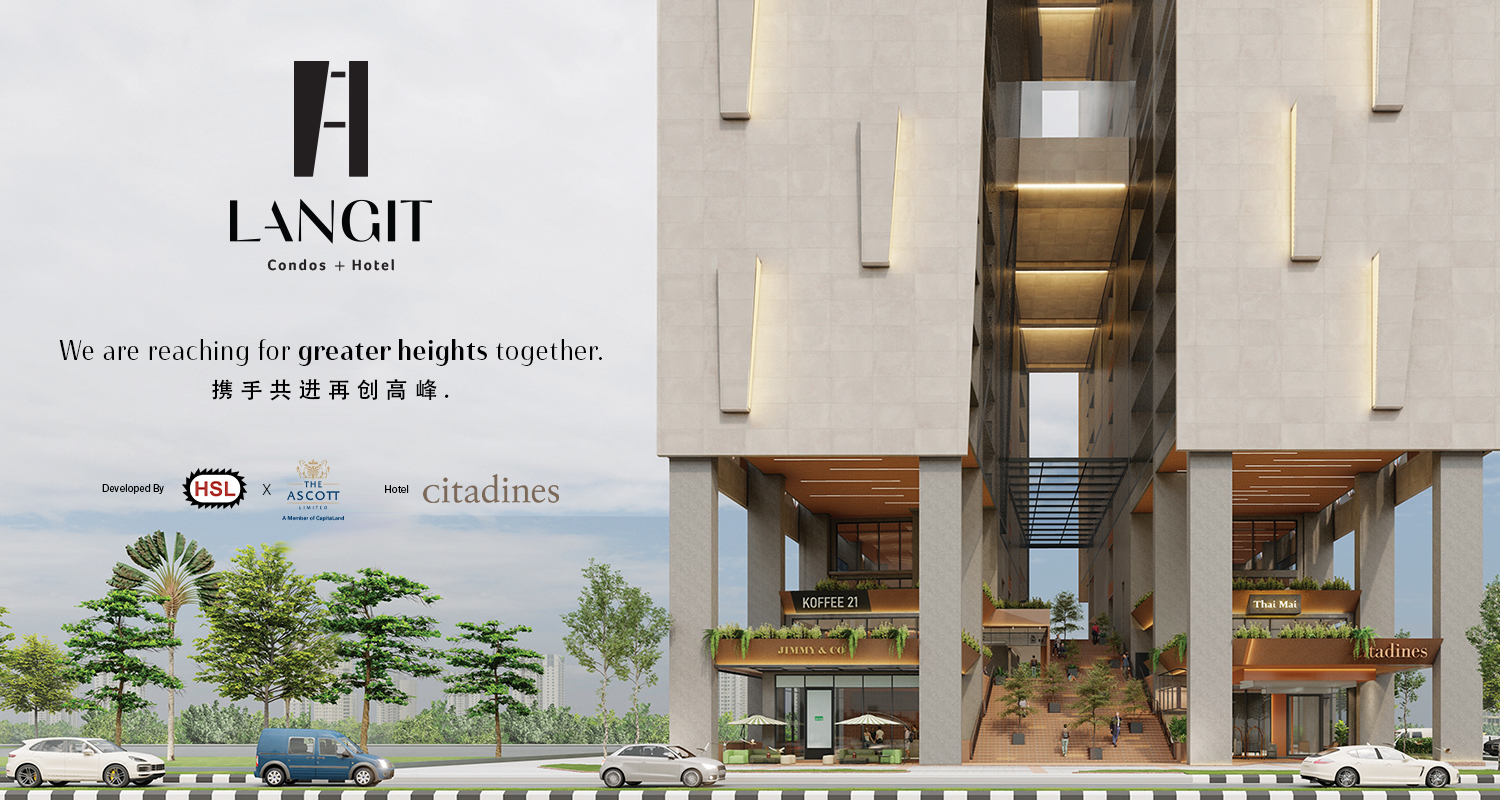
By Nancy Nais
KUCHING, Feb 16: Large scale planting of sago in Sarawak may result in problems such as land grab and detrimental effects on the environment which may in turn lead to boycotts by certain countries.
Padungan assemblyman Chong Chieng Jen said such problems are now being faced by the oil palm industry.
Currently, Sarawak’s sago industry is managed by Land Custody and Development Authority (LCDA) which involves smallholder estates in Mukah through the sago farmers’ satellite farm programme.
During his debate at the State Legislative Assembly (DUN) sitting today, Chong said he supports the Sago and Nipah Development Board Bill 2022 but also highlighted challenges faced by the sago industry, namely environmental and land issues, youth participation and crop gestation period.
“We all know that this crop is environmentally friendly and at the same time absorbs carbon dioxide contained in the air. However, any embarkation coupled with large scale usage of fertiliser will disturb the existing eco-system. When we tamper with that God has created naturally, it will definitely create some sort of impact. The devastating effects can be seen with what is happening in our oil palm industry.
“Now the latter faces criticism from foreign countries with European or American markets even threatening to bar the sale of oil palm products. Environmental issues have been used by them to boycott oil palm products from Malaysia,” Chong told the august House.
As for land issues or land owner’s rights, he said there will always be some sort of conflict when it comes to the intention to consolidate land for plantation companies to develop.
The consolidation. Chong said, was done in the name of more efficient use of the land.
“We have seen many conflicting interests on the land issue in our oil palm industry. There are so many native customary rights (NCR) land disputes in court.
“If our Sarawak government intends to farm sago or any crop on a large scale, they must use the oil palm (sector) as a reflection and point of guidance because we do not wish to see the same thing repeating. Before we reach such a stage, I therefore hope the board will look into these issues and address them,” Chong said.
On the issue of youth participation in the sago industry, Chong shared a paper published by Universiti Malaysia Sarawak’s (Unimas) Faculty of Social Science in Jan 2021, citing constraint factors from external and internal perspectives, stigmatisation and working conditions described as 4D (dirty, dangerous, difficult, demeaning) which are causing the youth to turn away from choosing careers in this sector.
Furthermore, Chong also pointed out that with the State’s growth and development, rural youths now have broader opportunities to choose other careers while education attainment has allowed them to obtain technical and professional jobs.
“The 4D does not apply just to sago, but the fact that this crop also faces competition from other crops which have made it unattractive for our youths.
“A good example of a competitor is oil palm. This leads to my concern on the last issue: long gestation period from date of planting up to date of harvesting.
“It takes about 10-15 years to plant and harvest sago while oil palms only take about four years. If you look at the perspective of land owners or farmers, it is quite impractical to plant a crop and expect to see the return only after 10 years’ time,” Chong added.
However, since Malaysia is the third largest sago producer in the world with 40,000 tonnes in exports annually coming from Sarawak, he opined that the setting up of the Sago and Nipah Development Board is timely. — DayakDaily








